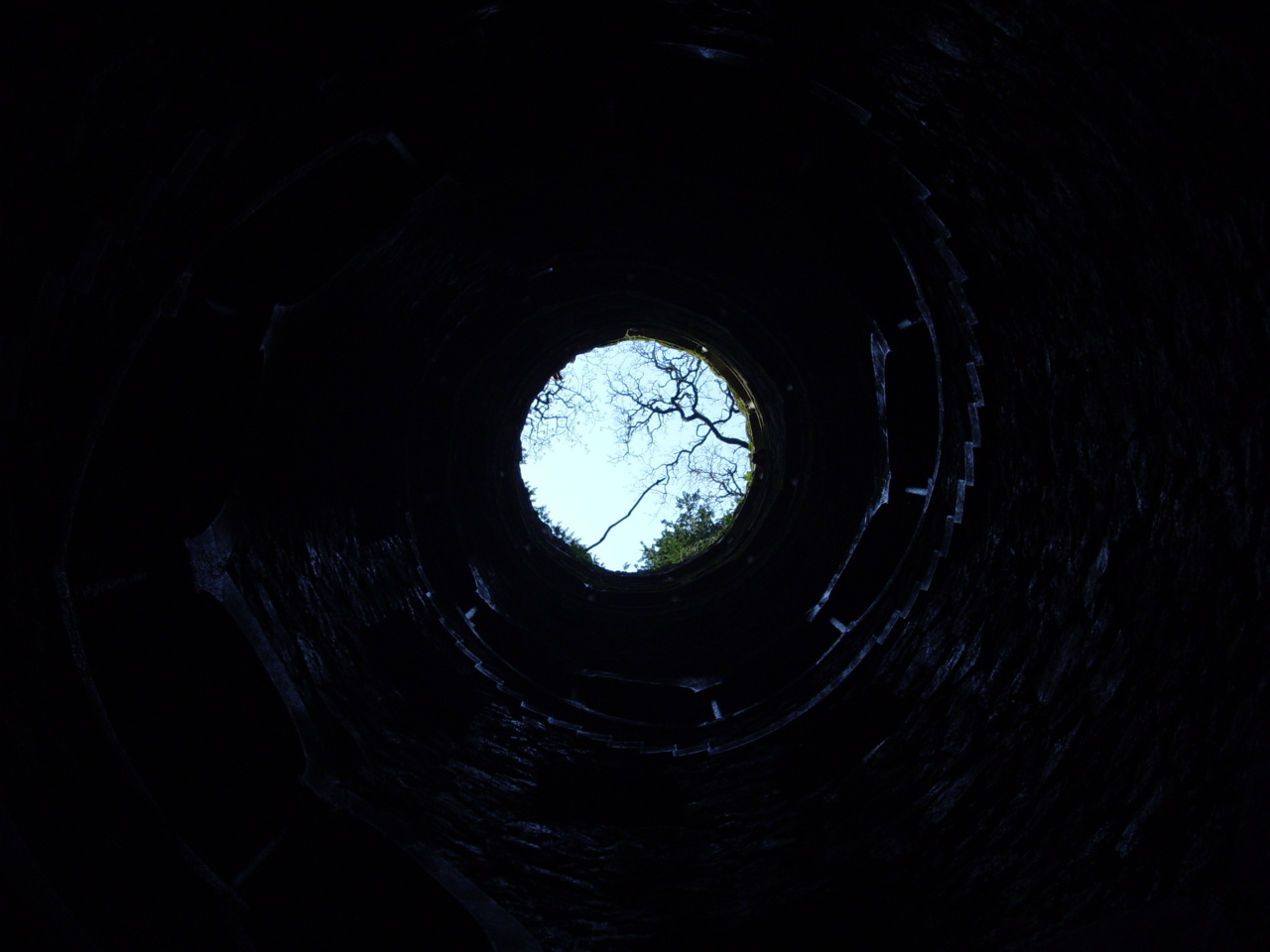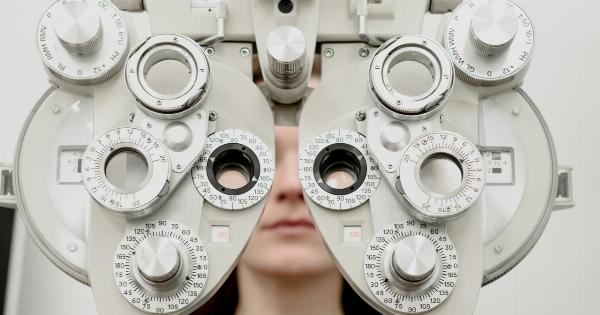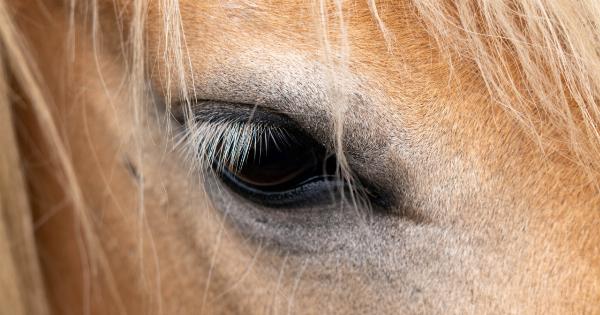Having trouble seeing in the dark can be a frustrating experience, and it’s a problem that many people face.
While it’s normal to have reduced vision in low light conditions, some individuals may have a more significant impairment that goes beyond the typical range. In such cases, it could be an indication of an underlying rare condition that affects night vision.
In this article, we will explore some of these rare conditions that can make it difficult to see well in the dark and discuss their causes, symptoms, and possible treatments.
1. Night Blindness (Nyctalopia)
Night blindness, also known as nyctalopia, is a condition that specifically impairs an individual’s ability to see in low light or darkness.
People with night blindness have difficulty discerning objects or navigating their surroundings under such conditions. This impairment is often due to a decreased sensitivity of the retinal cells responsible for vision in dim light.
Symptoms of night blindness include:.
- Difficulty seeing in low light or darkness
- Inability to distinguish objects clearly at night
- Increased sensitivity to light during the day
2. Congenital Stationary Night Blindness (CSNB)
Congenital stationary night blindness (CSNB) is a rare genetic disorder that affects the functioning of the retina, the part of the eye responsible for sensing light. Individuals with CSNB have difficulty seeing in the dark from an early age.
Unlike progressive conditions, CSNB is a non-progressive disorder, meaning it typically does not worsen over time.
Some types of CSNB include:.
- Complete CSNB
- Incomplete CSNB
- Blue-cone monochromacy
- Riggs disease
3. Retinitis Pigmentosa (RP)
Retinitis pigmentosa (RP) is a group of inherited eye disorders that cause a breakdown and loss of cells in the retina.
This progressive condition often results in night blindness, peripheral vision loss, and eventually, severe visual impairment or blindness. RP affects the rod cells in the retina responsible for vision in low light conditions.
Symptoms of retinitis pigmentosa include:.
- Night blindness
- Tunnel vision
- Difficulty seeing in low light conditions
- Loss of central vision
4. Cone-Rod Dystrophy
Cone-rod dystrophy is a rare genetic disorder characterized by the deterioration of the cone and rod cells in the retina. These cells are responsible for color vision, visual acuity, and the ability to see in dim light.
Cone-rod dystrophy can cause difficulties in seeing in the dark, as well as in bright light environments.
Symptoms of cone-rod dystrophy include:.
- Night blindness
- Loss of color vision
- Blurred or distorted vision
- Sensitivity to light
5. Achromatopsia
Achromatopsia, also known as total color blindness, is a rare genetic disorder that affects an individual’s ability to perceive colors.
People with achromatopsia tend to have severely reduced visual acuity and increased light sensitivity, which can make it challenging to see in low light conditions.
Symptoms of achromatopsia include:.
- Complete or partial color blindness
- Poor visual acuity
- Extreme light sensitivity
- Difficulty adapting to changes in light intensity
6. Usher Syndrome
Usher syndrome is a rare genetic disorder that affects both hearing and vision. It is a leading cause of combined deaf-blindness. There are different types of Usher syndrome, with varying degrees of severity.
Individuals with Usher syndrome often experience night blindness due to the degeneration of the rod cells in the retina.
Common symptoms of Usher syndrome include:.
- Hearing loss or deafness
- Night blindness
- Tunnel vision
- Balance problems
7. Vitamin A Deficiency
Vitamin A plays a crucial role in maintaining good vision, particularly in low light conditions. A deficiency in vitamin A can lead to a condition called night blindness.
Inadequate intake or poor absorption of this essential vitamin can result in difficulty seeing in the dark.
Symptoms of vitamin A deficiency-related night blindness may include:.
- Reduced ability to see in dim light
- Slow adaptation to changes in light levels
- Dry eyes
- Bitot’s spots (buildup of keratin on the conjunctiva)
8. Glaucoma
Glaucoma is a group of eye conditions characterized by damage to the optic nerve, often associated with increased fluid pressure within the eye.
While glaucoma primarily affects peripheral vision, it can also lead to difficulties in seeing in low light conditions or darkness.
Symptoms of glaucoma may include:.
- Limited peripheral vision
- Blurred or hazy vision
- Increased difficulty seeing in dark environments
- Halos around lights
9. Cataracts
Cataracts are a common eye condition characterized by clouding of the lens inside the eye, leading to blurred vision. While cataracts primarily affect vision during the day, they can also cause difficulty in seeing in dim or dark environments.
Symptoms of cataracts include:.
- Blurry or cloudy vision
- Sensitivity to glare
- Difficulty seeing in low light or at night
- Colors appearing faded or yellowed
10. Optic Neuropathy
Optic neuropathy refers to damage or inflammation of the optic nerve, which carries visual information from the eye to the brain. This condition can cause vision loss, including difficulty seeing in the dark or low light situations.
Symptoms of optic neuropathy may include:.
- Blurred or dim vision
- Loss of peripheral vision
- Difficulty seeing in low light
- Color vision disturbances
Conclusion
If you find yourself struggling to see well in the dark, it’s essential to consult with an eye care professional.
While decreased vision in low light conditions can be a normal part of aging, it could also be a sign of an underlying rare condition affecting night vision. Understanding the potential causes, symptoms, and treatments of these conditions is key to managing and improving your vision in low light environments.





























